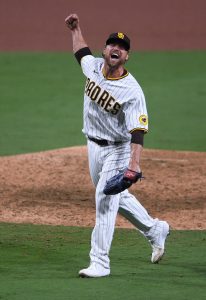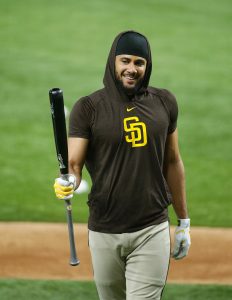After opting out of the 2020 season, Yoenis Cespedes is planning to play this year, The Athletic’s Ken Rosenthal reports (Twitter link). The former Mets outfielder will hold a showcase for Major League scouts on March 2.
Cespedes played in eight games in 2020, which marked his first big league action since the 2018 season. Cespedes’ final year in New York played out in thoroughly unusual fashion, beginning with the December 2019 news that his contract had been amended due to a Mets grievance in relation to his ankle injury earlier that year. This reduced Cespedes’ 2020 salary to the prorated portion of $11MM, though Cespedes then forfeited almost all of that money due to his decision to opt out as a non high-risk individual. Even his opt-out came in controversial fashion, as the Mets first announced that Cespedes hadn’t arrived at the ballpark prior to an August 2 game, which sparked concern about Cespedes’ whereabouts and well-being before his agent confirmed his client’s decision.
It remains to be seen what sort of free interest the 35-year-old Cespedes will generate after almost two full seasons away from baseball and a long injury history that includes multiple surgeries on his ankles and heels. 2016 was Cespedes’ last year as a true regular, as he appeared in 132 games for the Mets before playing in just 119 games total over the 2017-18 seasons.
When Cespedes has been able to play, it should be noted that he still swung a powerful bat — a .282/.343/.525 slash line and 26 homers over 478 plate appearances in 2017-18. New York used him exclusively as a DH last season due to his leg injuries, however, and it isn’t known if Cespedes will be again limited to DH duty (and thus to only American League teams) going forward. Cespedes did bat just .161/.235/.387 in 2020, though over the small sample size of 34 PA.



